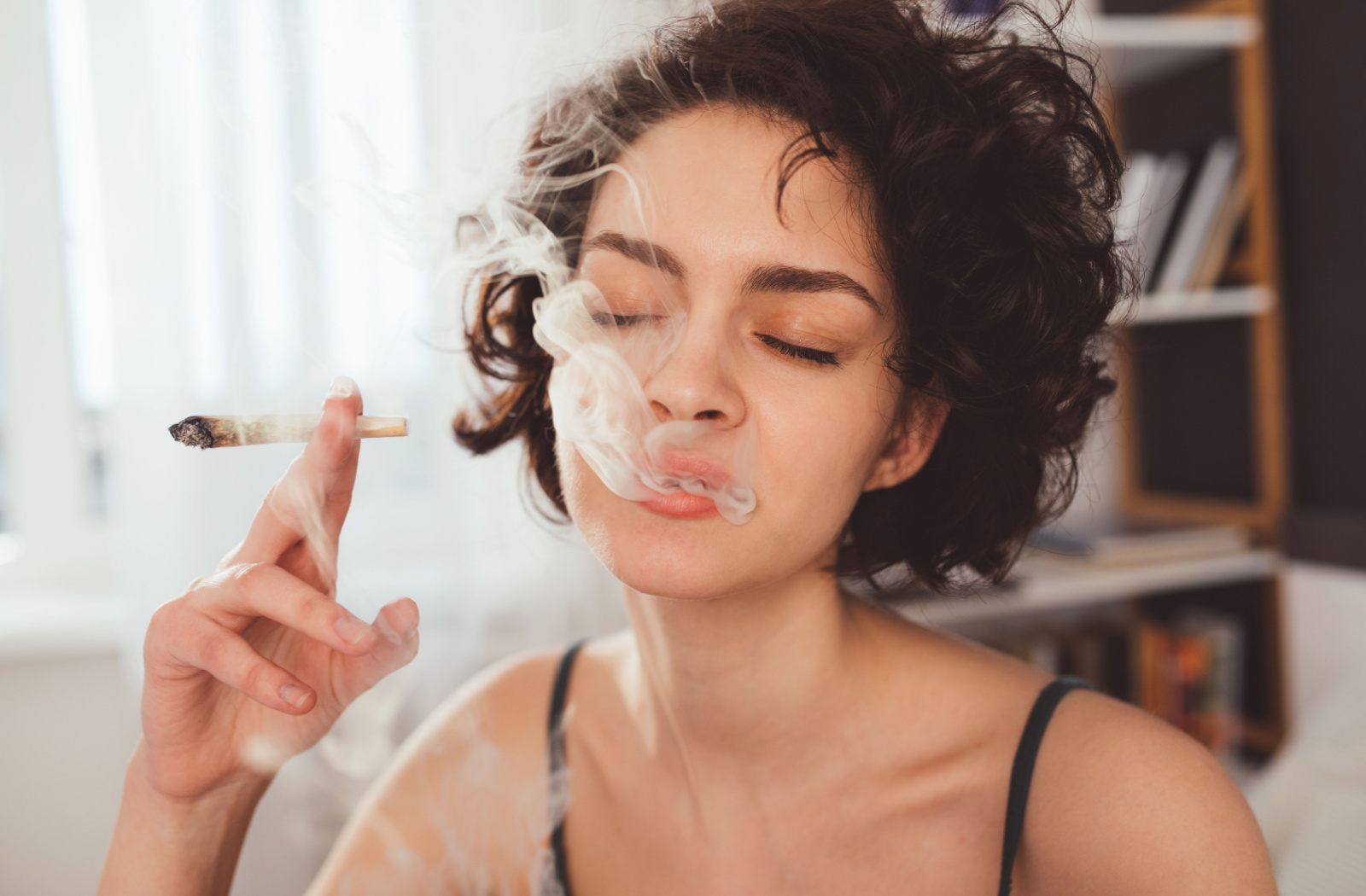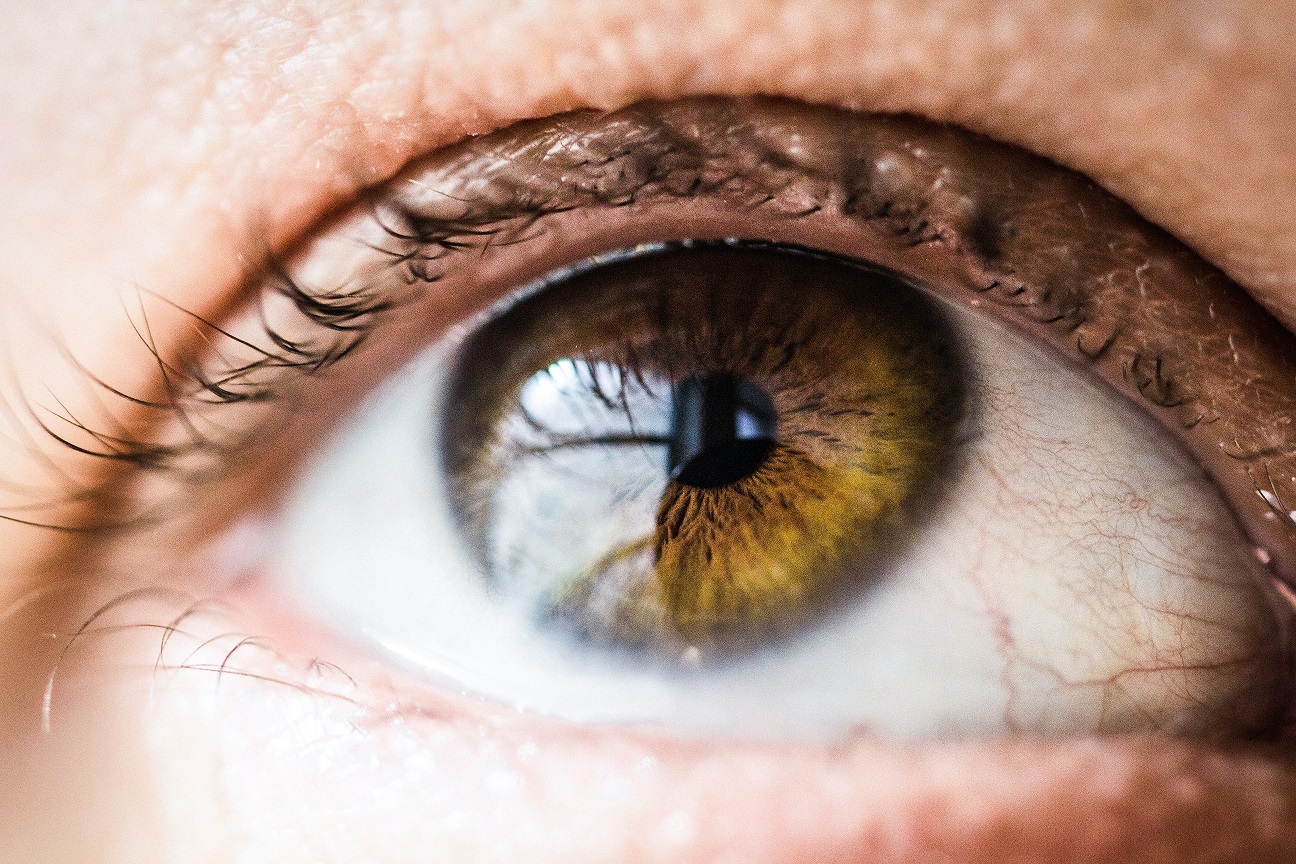With so much information in today’s world, sometimes it’s difficult to know which source holds the most reliability . A couple months ago, we debunked common myths from using baby shampoo to using tea bags for dry eyes. Today, we will discuss and debunk more dry eye myths.
Myth #1: “Tea tree oil cleansers will kill my meibomian glands”
There was a recent study that discussed the potential harmful impact of tea tree oil (TTO) on meibomian glands. They concluded that TTO at certain concentrations were toxic to human meibomian epithelial cells in-vitro. However, it is important to be cautious interpreting the results since they do not seem to be applicable in clinical practice as it was an in-vitro study.
An in-vitro study is used to perform an experiment outside of a living organism. In-vitro studies have certain limitations such as capturing the complexity of an entire organ since it only experiments on a particular cell – in this case, the meibomian epithelial cells. They are also less applicable and translatable to humans.
Although some patients may have sensitivity to TTO because of its antiseptic effect, there is currently no evidence that demonstrates it is toxic to meibomian glands on animal models or human trials.
Myth #2: “I can use Visine to treat my red eyes”
Visine, “Get the Red Out” eye drops work by shrinking the blood vessels on your eyes so they appear whiter, but your blood vessels don’t stay this way forever. Since it is a decongestant, Visine will cause an inevitable rebound effect. This will result in the blood vessels getting bigger and making your eyes red again.
Eventually, your eyes will become dependent on these drops because it’s a vicious cycle between white and red eyes. They also contain preservatives which may irritate the eyes as well. It’s best to avoid using Visine drops and visit your optometrist to solve the underlying problem.
Myth #3: “There is a cure for dry eyes”
As defined by the CDC, “a chronic disease lasts 1 year or more and requires ongoing medical attention” and unfortunately, dry eye is one of them. Similar to chronic back pain and chronic headaches, dry eye is a chronic condition with no cure. However, there are several treatment options to help reduce the symptoms. Your dry eye doctor will ensure to make your symptoms more manageable so it doesn’t affect your day to day activity.
For mild dry eyes, preservative-free artificial tears are usually recommended by your doctor. Below are a few eye drops that are found in the eye doctor’s cabinet. You can read more about these eye drops in our previous blog.
If you have moderate to severe dry eyes, these are some advanced treatment options listed below:
- Lipiflow
- Intense Pulsed Light
- Radio-frequency
Choosing a specific treatment plan will be created by your dry eye doctor after a consultation. If you would like to learn more about advanced treatments, you can read one of our blogs here.
Myth #4: “Dry eye is not associated with any other medical condition in the body”
Severe eye inflammation and ocular surface damage can present in the eye and its etiology could be inflammation in the body. Depending on what your dry eye doctor finds during your exam, they may refer you to your family doctor or a specialist for further testing to confirm certain medical conditions. Here is a list of certain of autoimmune diseases in the body that is associated with dry eyes:
In addition to autoimmune diseases, neuropathic pain is also associated with dry eyes. Below are common comorbidities with corneal neuralgia:
- Depression
- Anxiety
- PTSD
- Fibromyalgia
Stop Dry Eyes Early — Talk to Your Eye Doctor Today
That concludes our debunking dry eye myths blog. If you would like dry eye relief and want to speak to an optometrist about reducing your dry eye symptoms, contact your nearest MyDryEye clinic.









